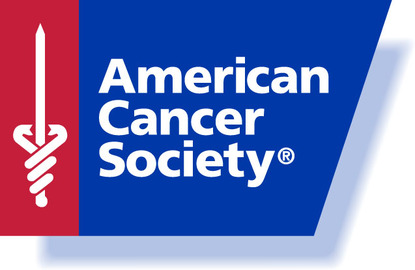Introduction

Fifteen prominent physicians and business leaders in New York City founded the American Society for the Control of Cancer (ASCC) in 1913, and today it is known as the American Cancer Society (ACS). Back then, having cancer was a death sentence and an embarrassment. People never told their friends or family that they have been diagnosed with the disease. There was no cure and no treatment, and so doctors never told their patients that they were to undergo the process of a slow and painful death. Due to the need to fight cancer, the ASCC realized an association or organization dealing with the disease was to be formed. In order to be more aware, to be more open to acceptance and gain knowledge of cancer American society needed to know how to deal with it, prevent it and treat it. Despite the overwhelming task, the great founders of the ASCC set out recruiting more and more physicians, educating them about the disease. The ASCC started publishing many articles in papers and case studies, all describing their battles and experiences against cancer and how they were able to make patients' lives easier.
History

Back in 1928, the Society chose its iconic logo. Hope was the main instrument in helping the doctors fight the disease. They sponsored an art contest and the first prize was $500, which was given to a person who drew the great crusade sword with the double serpents, becoming the logo for ASCC. Back then, in the fight against cancer American society needed hope and encouragement. The sword symbolized that hope for a continuing battle and the twin serpents represented the Society’s scientific and pharmaceutical nature. In 1936, a great revolution came into existence, when Marjorie G. Lig, chairman of the General Federation of Women’s Clubs Committee, suggested that they appoint volunteers to wage war against cancer. Her inspiration and leadership was so charismatic and strong that by 1936 there were approximately 15,000 people actively running around the streets, making people aware of cancer and raising funds to fight it. By 1939 that number had risen 10 times, and America was becoming the stronger side of the war.
Features

In 1945, after World War II was over, when the country was at peace and the public was fighting against cancer, the ASCC thought it was time they did more to win the battle and rid the people of this disease completely. The ASCC was reorganized and known as the currently popular AMERICAN CANCER SOCIETY. It was the beginning of a new era and the society had successfully raised $4 million for the plan to spread awareness of the disease. The $4 million also included a $1 million budget to re-launch and reinvest in the cancer research program.
Conclusion
All throughout the 70s and the 80s the ASC has achieved a great deal in the war against cancer. They have found multiple ways to treat cancer patients and even cure patients in many cases. Hence, the cancer American society is more aware than ever before, and patients and doctors are far more ready to deal with the disease.